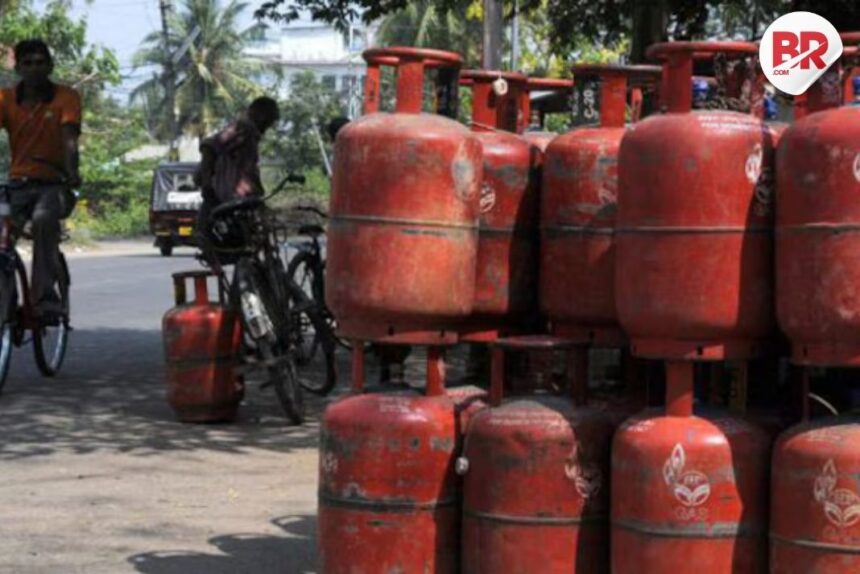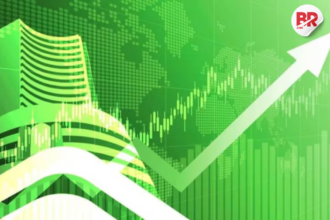
The LPG price hike has once again hit Indian households hard. For most of us, it’s not just another line in the news. It’s an added strain on already tight budgets. While India talks about growth and development, we must ask—who really benefits, and who pays the price?
The Burden on the Common Man
For millions of Indians, an LPG cylinder is a vital necessity. It fuels the stove, boils the water, and keeps daily life going. When prices shoot up, families don’t just grumble—they’re forced to make difficult choices. Do they reduce the number of meals? Do they skip medical checkups?

In rural homes and urban slums alike, the LPG price hike translates into real sacrifices. Many still remember the days when government subsidies made LPG more affordable. Now, those memories are fading fast.
Subsidies: Are They Still Working?
Targeted subsidies still exist, but their reach and efficiency are questionable. Are they getting to the people who need them the most? Or is the system plagued by leaks and red tape?
A report by PRS Legislative Research shows that while schemes like Ujjwala Yojana brought hope, actual affordability and refill rates remain low. This raises another key concern—are we building policies on paper while ignoring ground realities?
Also Read: Government’s ₹2 Fuel Tax Hike: What It Means for Your Wallet
Skewed Priorities: Grand Plans vs. Ground Pain
The government continues to invest in grand infrastructure projects, corporate relief packages, and even space exploration. While these initiatives can contribute to long-term growth, the LPG price hike shows that basic needs are being overlooked.
Is it fair to chase global prestige while ignoring the everyday struggles of the poor and middle class? The scales seem tilted, and the question remains—who comes first in our national agenda?
Time for Sustainable Alternatives
Instead of passing the cost to consumers, why not think bigger and smarter? India has the potential to lead in renewable energy solutions.
- Solar cookers can help reduce LPG dependence.
- Biogas plants in rural areas can provide clean, affordable fuel.
- Energy-efficient stoves can reduce fuel consumption.
By promoting these innovations, we can protect households from future price shocks and reduce our reliance on imported fuel.
A Call for Empathy in Policy
This LPG price hike is a signal. It reminds us that economic growth without social justice is hollow. We need policies that consider the lived experiences of people.
Policymakers must listen more and assume less. Welfare schemes should be strengthened, monitored, and made more inclusive. We need leadership that puts people before numbers.
Until then, every price hike is not just an economic adjustment—it’s a human cost.
Also Read: Delhi EV Policy 2.0: Will 95% Electric Vehicles Be Enough to Save the City?












